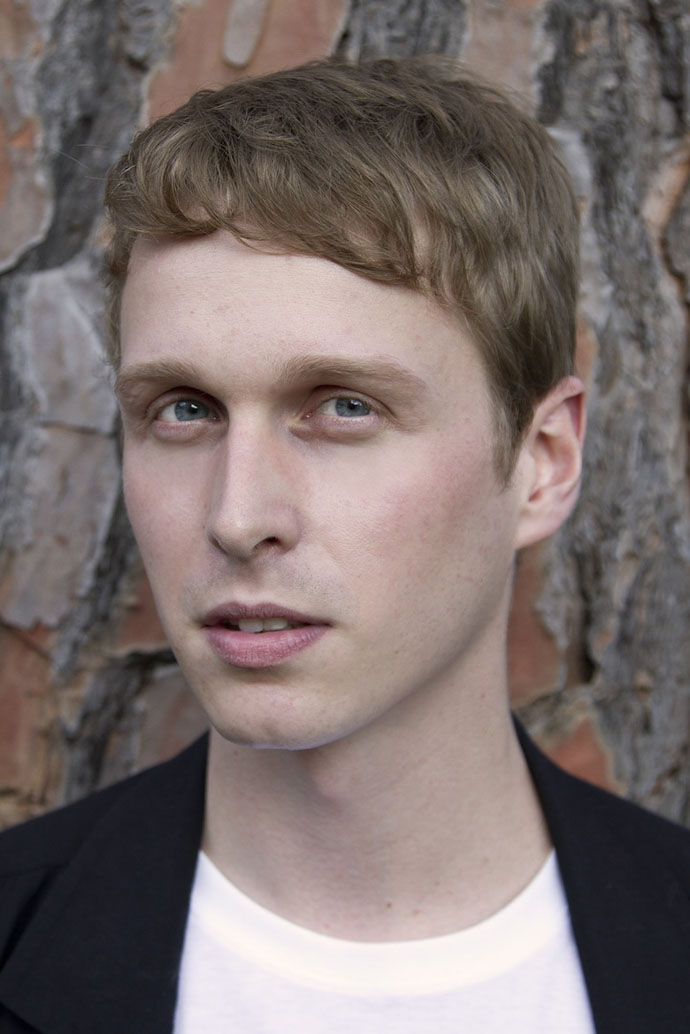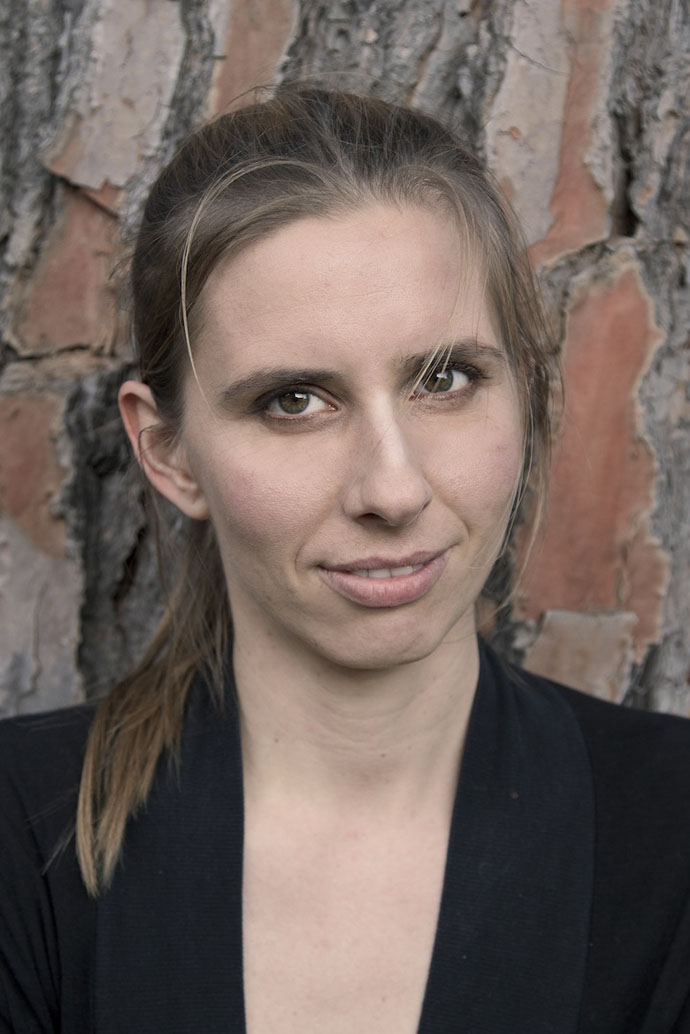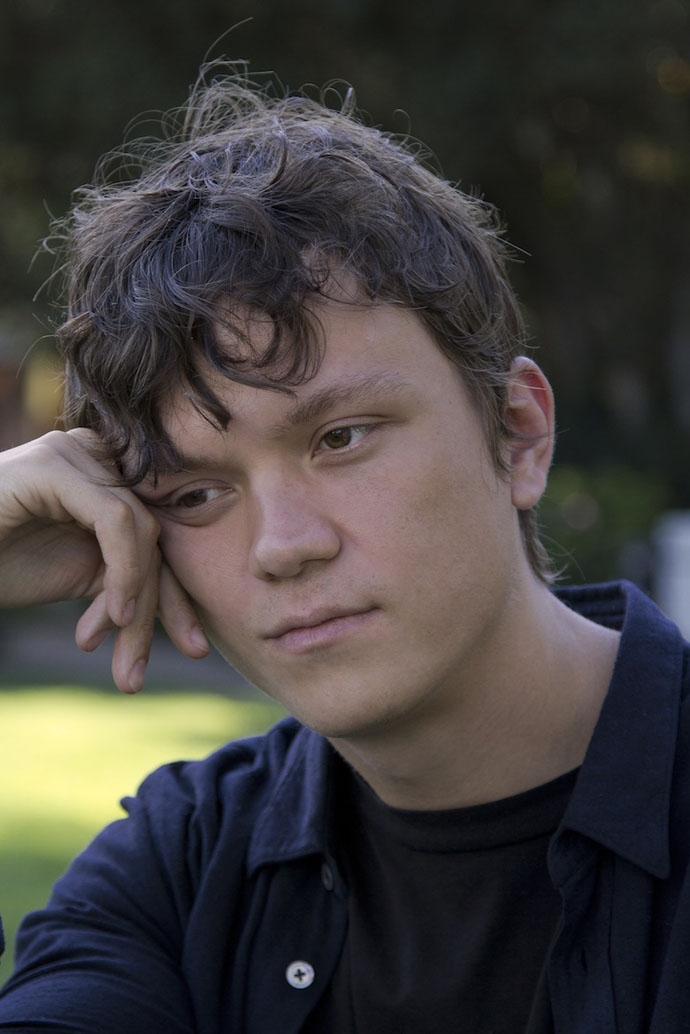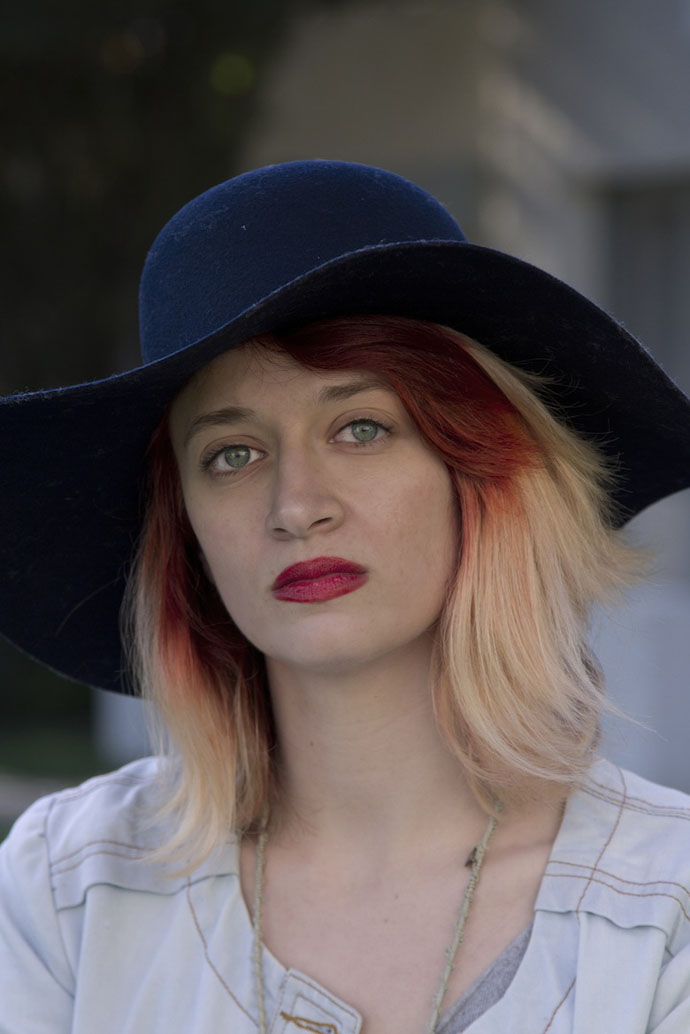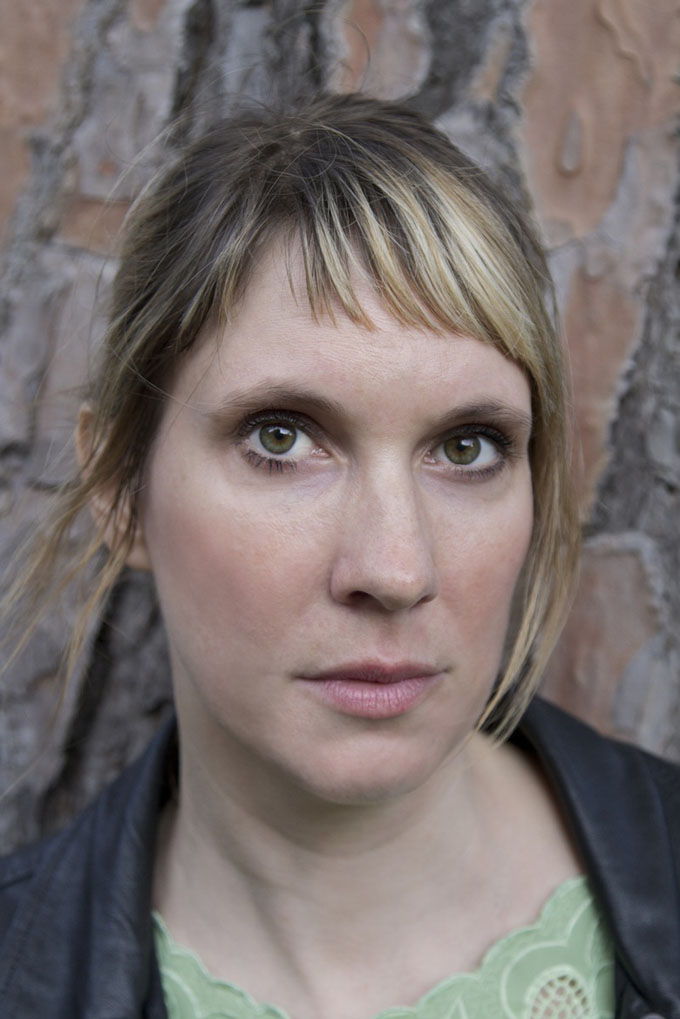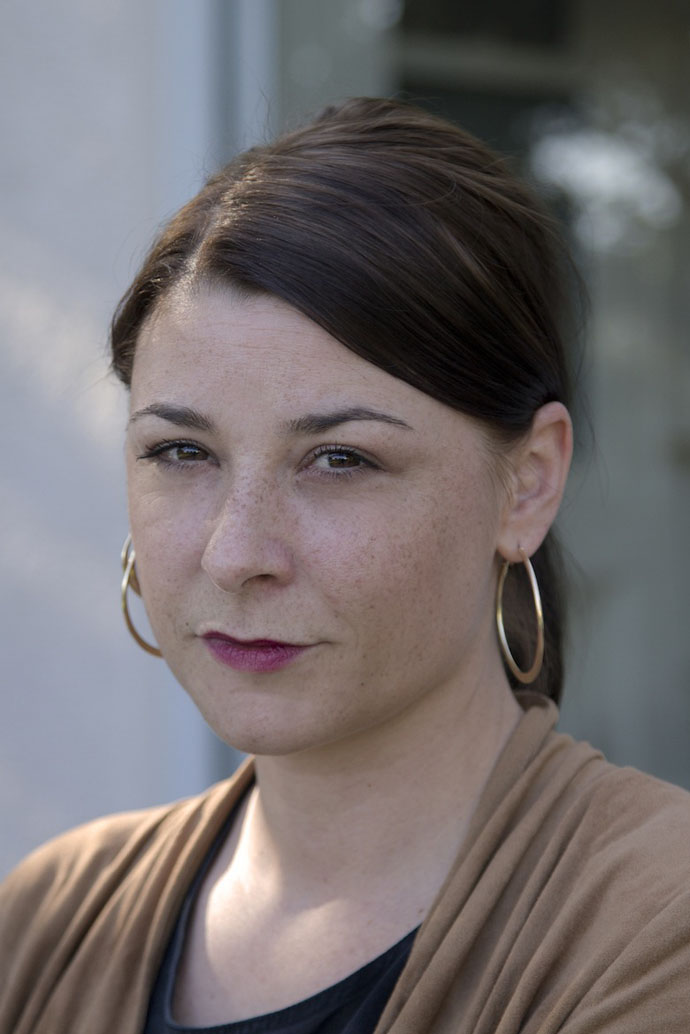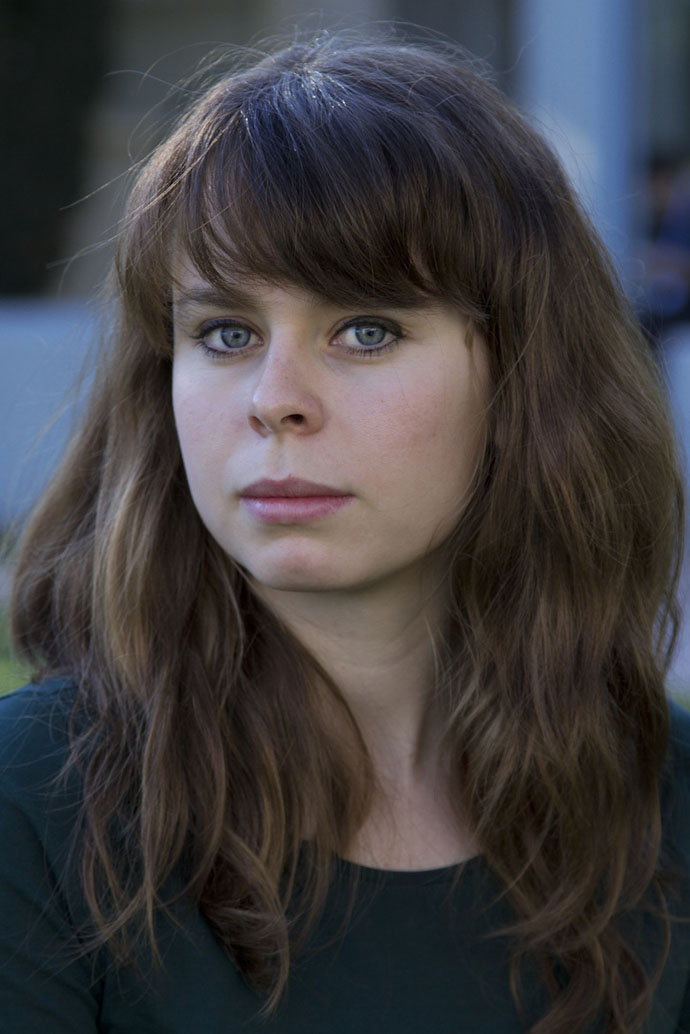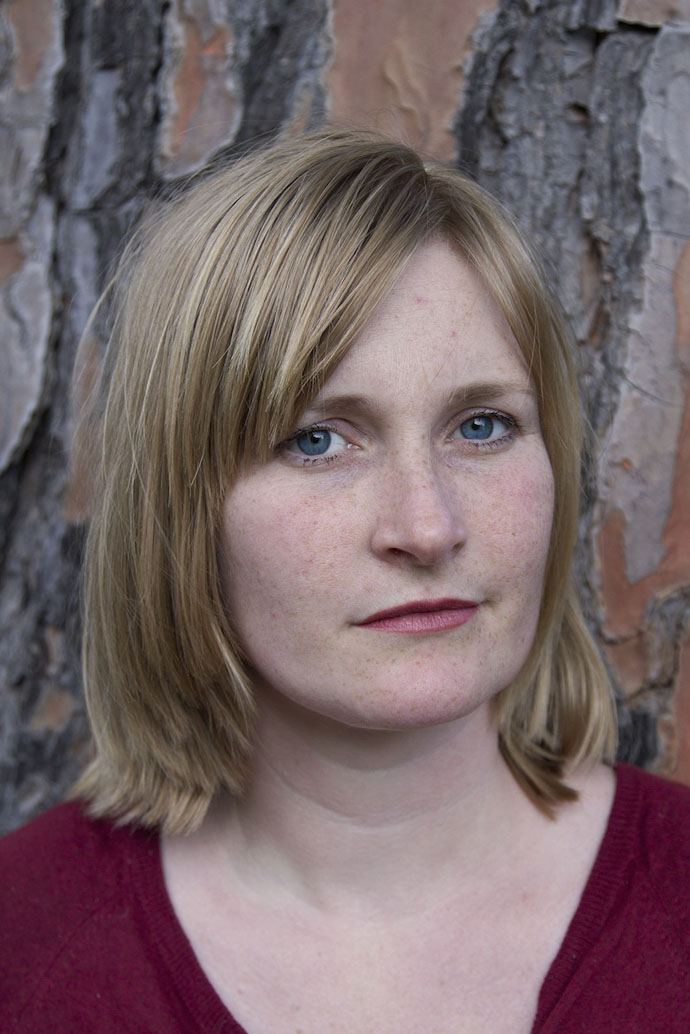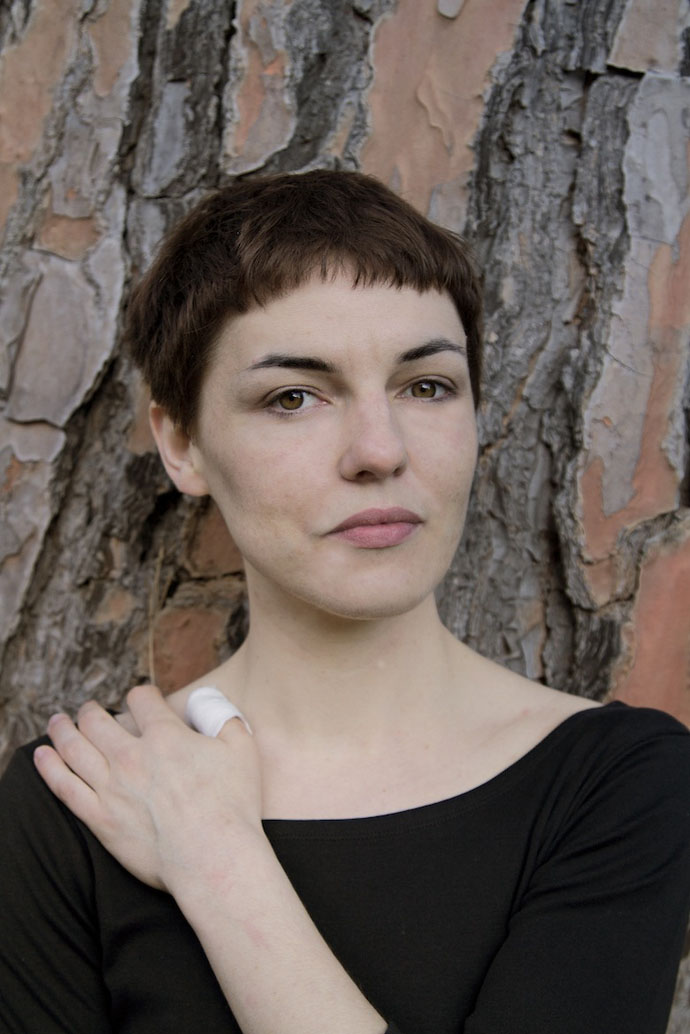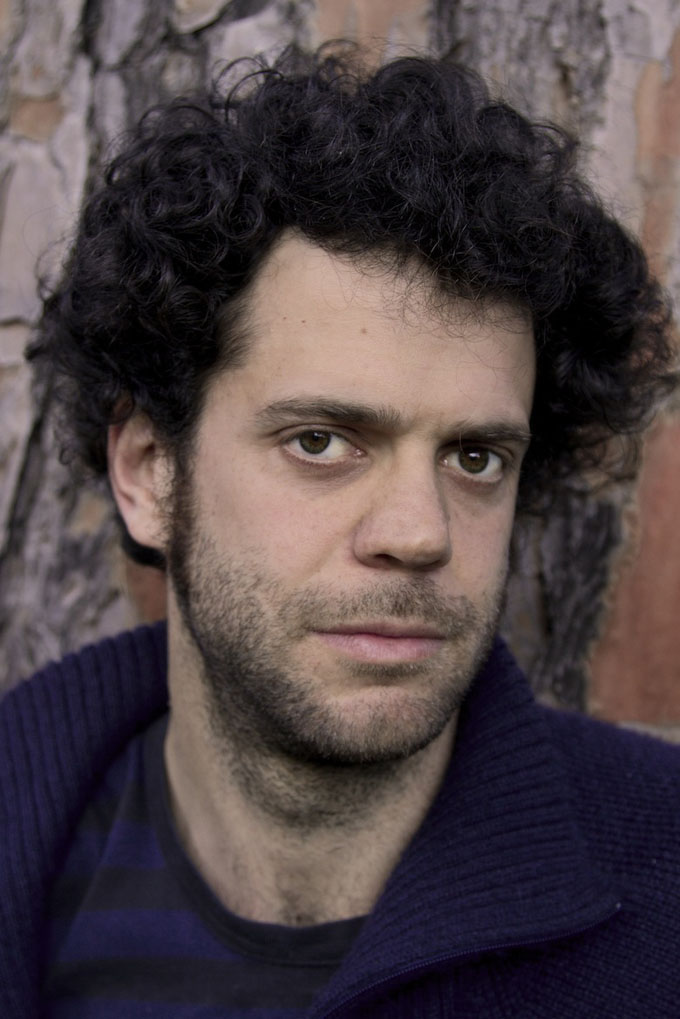-

#AllEyesOnHyeres2014: Interviews with Photographers in Competition
-By the time the Hyères Festival opened to the public today, Friday, April 25, more than 100 exchanges had already been had between the competing photographers and the established members of the photo jury. Brought together in the Cubist Garden at Villa Noailles—a Modernist masterpiece built by architect Robert Mallet Stevens in the hills above the village—each candidate met individually with every member of the panel, overseen by renowned fashion photographer Steve Hiett and assembled very much in his image: eclectic, open, progressive.
The Stimlueye took some time to speak with each of the competing photographers about their work and background.
All Photos by Filep Motwary
ARNAUD LAJEUNIE, 27, FRANCE
Who are you?
My name is Arnaud Lajeunie, I am 27, from France. I have a MA in Political Sciences (SciencesPo, Paris) and a BA in Photography (Les Gobelins, Paris)
What forces, cultural or otherwise, have influenced your work?
Some contemporary writers (Deleuze, Maldiney) Painting (Cézanne, El Greco, Klee, Cy Twombly) Music also played a rather significant role too, (Steve Reich, Gustav Mahler, Jean Sibelius, french rap and german electronic music)
How would you describe the body of work that you’re presenting at Hyeres?
Water meets colour, colour meets water is a project I started in 2011, when fascinated by the waves-rocks contact. I desired to overcome the mere spectator status and to engage nature. The colors came rather naturally, and after some research about the products I could use, I finally opted for food colorants. The introduction of colour serves different purposes: it thickens the transparent water, add density and then enables short-term sculptures that alter the viewers perception and understanding of the scene. But, more significant for me, the colour modulates the landscape and create the inner rhythm of the image. This notion of rhythm is crucial as the latter conveys sensations, which, in return raises questions. The images provide no straightforward interpretation and therefore offer a space for imagination, sensation and questioning. I feel there is a contemporary relevance to create area that contest this desire to render decipherable the physical space in which we live.
How does this specific suite of images relate to your larger practice?
Water meets colour, colour meets water adresses the recurrent idea of engaging nature through artificial devices, in order to modulate and then blur the initial understanding of the depicted landscapes. Through this collision between natural fluxes and man-made inputs I seek rhythms, that will generate sensations and, in a second moment, raises critical questions (notably about the issue of control and failure). However, the aesthetic sensation remains compulsory, I think, as it paves the way to a sort of “mental space” where these questions can blossom.
ANNA GRZELEWSKA, 38, POLAND
Who are you?
My name is Anna Grzelewska. I am 38 years old. I’m from Poland. I studied anthropology of culture, documentary directing and photography.
What forces, cultural or otherwise, have influenced your work?
I was always inspired by women that were photographers. First of my authorities was Julia Cameron, then Diane Arbus, Nan Goldin and recently Cindy Sherman. Not only their work but also their lives, their sensitivity. Also cinema and theatre had a huge influence on my work. I explore the line between true and fiction, reality and creation.
How would you describe the body of work that you’re presenting at Hyeres?
Julia wannabe project is searching for woman’s identity. It tells about maturation of the girl, my daughter Julia. About this ambiguous and mysterious period of time. Photographing Julia I discovered the transfer process. My childhood mix with hers and hidden, never expressed emotions revive. In that sense this is my self-portrait.
How does this specific suite of images relate to your larger practice?
Julia wannabe is a long term project. Among others, this one is special. It’s about my identity my daughter, about myself. It is not finish yet. I will continue it.
OSMA HARVILAHTI, FINLAND
Who are you?
My name is Osma Harvilahti and I was born in Helsinki. My work is based on traveling and exploring different cultures through documenting and a certain visual philosophy and rules that I set to myself. Currently I’m spending about a third of each year traveling and shooting material for books and other personal projects. My background is in social sciences and still the most common motive behind my photography is social. The body of work that I’m showing at Hyères this year is titled as “New Colour”, simply because one of the dominant themes in my work is the use of colour and because it’s “new” as it’s shot during the past 15 months and within a period of 3 months.
What forces, cultural or otherwise, have influenced your work?
One of the greatest motives behind my work is the challenge of transforming my aesthetic to resonate between different cultures. The work is mainly build on very formal qualities such as combinations of colour, material and other abstract elements but on the other hand I’m always aiming to tell stories through abstract visual narratives.
How would you describe the body of work that you’re presenting at Hyeres?
The body of work that is on show at Hyères is an edition of photographs from my first monograph that got published in 2013. It reveals the sometimes abstract and largely visual philosophy behind my work and shows some of my favourite pieces I was able to produce last year. During the festival I will also show a new body of work in forms of a presentation and a print portfolio.
How does this specific suite of images relate to your larger practice?
It’s very important that the image I produce feels honest and unpretentious. Simply put, I’m always aiming to produce work that feels “real” and looks beautiful. One of the qualities I’m constantly aiming towards is that I could create a sort of a continuum and a connection between my older work and the new work, so that the photographs relate and resonate between each other and most importantly become part of something larger rather than just a body of work that get’s forgotten when something new appears. I’m hoping that the new work that I will be producing in japan and China this year will connect and respond to some questions I created last year at very different cultures and locations.
ORIANNE LOPES, 25, FRANCE
Who are you?
My name is Orianne Lopes, I’m 25 years old, I was born in France (Lyon) but my parents are Portuguese. I have been studying at ECAL (École Cantonale d’Art de Lausanne) in Switzerland where I’m living now.
What forces, cultural or otherwise, have influenced your work?
I was inspired by all the myth about the Venus and feminist preoccupations in all ages but also by the artists who had worked on these subjects. For this work precisely, I have been influenced by famous figures like the black Venus, Josephine Baker, Grace Jones…
How would you describe the body of work that you’re presenting at Hyeres?
I would describe it as a totally uninhibited and visual feeling about the black female body in the western culture and the clichés which are linked to. In a more larger view it’s a photographic work about the image of the feminine ideal.
How does this specific suite of images relate to your larger practice?
I have always been treating of femininity and body in my practice in different ways and with different use of the photographic medium.
BIRTHE PIONTEK, GERMANY
Who are you?
My name is Birthe Piontek. I am originally from Germany but currently based in Vancouver, Canada. I moved there in 2005, after graduating from the University of Essen, where I did my Masters in Communications Design and Photography. Since then I have been working as a photographer for various magazines i.e. New York Times Magazine, Le Monde, Esquire etc. while also pursuing my own artistic projects.
What forces, cultural or otherwise, have influenced your work?
I’ve always been very interested in portraiture and the different ways of how people’s identities are displayed. In the beginning I looked a lot at classical portrait painting from the Renaissance or the Dutch masters. I was also inspired by a certain cinematic style that you can find in movies of David Lynch.
How would you describe the body of work that you’re presenting at Hyeres?
The work I am presenting at Hyeres is a continuation of my exploration of the idea of an image representing a person. With the work Mimesis I create a fictional world of representation that mediates our relationship to reality. I appropriate, change and reinterpret the original found images, in an effort to invite the viewer to look beyond the surface.
How does this specific suite of images relate to your larger practice?
I’m interested in portraiture and see my camera as a tool to investigate the question of identity. While in the past I worked in a more traditional way of portraiture, I am now more curious to include other art forms such as installation and sculpture in my practice.
VIRGINIE REBETEZ, 35, SWITZERLAND
Who are you?
My name is Virginie Rebetez. I am freshly 35 and I come from Switzerland. I studied Photography first at the Photography School of Vevey, in Switzerland, then I went to Amsterdam to do the Gerrit Rietveld Academie, from which I graduated in 2008. I am living now in Lausanne (CH), after having spent 7 years in Amsterdam.
What forces, cultural or otherwise, have influenced your work?
I am interested in photographic works having a real reflection on the Photography medium. I am a fan of Taryn Simon, for instance. But I can get inspiration to start a new project from many different things: People I meet, “faits divers” in the newspaper, movies or books (the description of “the psycho-magic acts” from Alejandro Jodorowski for example.)
How would you describe the body of work that you’re presenting at Hyeres?
The work I am presenting at Hyères is called «Under Cover». The serie counts 13 photographs (5 presented in the festival) and was made last year in the biggest cemetery of Soweto (South Africa). I photographed the tombstones which are covered with different materials (blankets, plastic..) and so are masking the identity of the deceased. This practice is part of the funeral ritual. When the tombstone is placed, after the funeral, the family covers it immediately. The tombstone will stay in this state until the “unveiling ceremony”, a big ceremony not to honor the life on earth of the deceased anymore, as the funeral, but to celebrate his life after death. This covering period can go from weeks to years.
I decided to photograph them in front of a black background to put them out of their context and so giving them a new status, a new identity. They become then statues, totems, silenced characters, or monuments waiting to be revealed to the public. Of course, the action of ‘unveiling’ is quite symbolic…
How does this specific suite of images relate to your larger practice?
All my works are closely related and follow the same research, the same interest for the invisible, the invisible world, the traces left after a disappearance, after death. I like to reactivate something dying or already dead in creating something new out of it, as an attempt to stop the final closure. I am interested in questioning our concepts of identity, memory both individual and collective as well as the medium of Photography itself.
MARIE RIME, 24, SWITZERLAND
Who are you?
My name is Marie Rime. I am 24 years old and come from Switzerland. I am actually finishing my BA in Photography at the Ecal in Lausanne.
What forces, cultural or otherwise, have influenced your work?
What inspires me the most is the place I come from, Switzerland. I have been raised and I still live there, so its culture, traditions, news and problems are part of who I am today.
How would you describe the body of work that you’re presenting at Hyeres?
I am presenting two different series at the festival : Armures and Pharma. Armures is a series representing seven pictures of women wearing armors that I created myself with household objects. Pharma is a reflection about the power of pharmaceutical industry and the ambiguity of its role, attractive but necessary.
How does this specific suite of images relate to your larger practice?
The two series have a very different esthetic but they both refer to the general idea of power and its ambiguity and attractiveness.
MARLEEN SLEEUWITS, 33, NETHERLANDS
Who are you?
My name is Marleen Sleeuwits and I am 33 years old. I was born in the east of Holland where I grew up in a small village. At age 17 I moved to The Hague where I studied photography at the Royal Academy of Art. After graduation I worked two years as a commercial photographer but this didn’t feel like it was something I wanted to do for the rest of my life. I started the MA in Breda to find out about my own fascinations and how to work on my own projects. With my photoworks I explore places with which it seems you are unable to make any connection. I construct and deform spaces in empty office buildings until an image comes into being that conveys this experience.
What forces, cultural or otherwise, have influenced your work?
I like wandering through cities I haven’t been before but mostly I am inspired by the buildings where I temporarily work. These are office blocks from the 70’s. Their interiors are filled with cheap short lived materials such as laminate flooring, self-adhesive wall tiles. It’s fascinating for me that these materials are like a shell that holds no memory and can be changed every few years. Also I’m very interested in photographers who search for the boundaries in photography. In The Netherlands there are quite a lot of young photographers who make great work and experiment with the medium, combining photography with video, sculpture and installations.
How would you describe the body of work that you’re presenting at Hyeres?
The four photo’s shown in Hyeres are an overview of the works I made in the last three years. Their all interiors I have constructed in empty office buildings. It is unclear what their function is, where they are and what time of day they were photographed. They almost appear to be situated beyond consciousness. The feeling of estrangement and detachment is at the heart of my work. I try to capture the experience of being disconnected from a physical space by almost inviting the viewer to step inside the picture and relate physically to what is portrayed there. Print size and sharpness are therefore of essential importance. In Interiors I play with scale, perception, and the tension between reality and illusion. 4. How does this specific suite of images relate to your larger practice?
How does this specific suite of images relate to your larger practice?
For a long time my work was focused on generic urban spaces such as the empty corners of office blocks, waiting areas at airports or the deserted corridors of hotels. Interiors where we often find ourselves but are shut off, as it were, from our consciousness. Previously I searched for and photographed a portrayal of such places; three years ago, in order to delve deeper into the experience of these locations, I have began to intervene with such like interiors. These transformations mostly resemble temporary installations or sculptures and make the experience of disconnection transmissible on a more psychological level. The four photo’s shown here can be seen as a small overview of this last period.
CHARLOTTE TANGUY, 35, FRANCE
Who are you?
My name is Charlotte Tanguy, I am 35 and come from France. I actually studied drawing and illustration. I am self-taught in photography, it came later: five years ago.
What forces, cultural or otherwise, have influenced your work?
I was interested in a cinematic way of sequencing. Cinema and literature influence my work, but also dance, scientific essays etc.
How would you describe the body of work that you’re presenting at Hyeres?
It is a vivid sequence and experience. I put myself in a situation that creates distance between me and my surroundings, and at the same time it makes elementary forms visible.
How does this specific suite of images relate to your larger practice?
This series is the continuity of my previous work, which ended on an inability to read and understand my surroundings, it became my statement.
LORENZO VITTURI, ITALY
Who are you?
My name is Lorenzo Vitturi, and I am a Venetian photographer living and working in London.
I studied design and photography, and I started to work as a set designer in the film industry in Rome. I then I brought all this experience into my photography practice which revolves around playful site-specific interventions at the intersection of photography, sculpture and performance.What forces, cultural or otherwise, have influenced your work?
The main force that influences my work everyday is my passion for light, colour and form.
Culturally I’ve been mostly influenced by my hometown Venice and it’s melancholic beauty.
Venice influenced the way I looked at the world, my experiences and expectations. My memories are suprasensorial, and I’ve searched for ways to harness this, and translate it into photographs – to disregard it’s perceived intangibility, to manipulate space and the space of the image, and evoke smell in colour and memory in transforming forms and materials.How would you describe the body of work that you’re presenting at Hyeres?
Here at Hyeres I am presenting a brief selection of my latest project, Dalston Anatomy, which is a book about the Ridley Road Market in Dalston– a unique place in London that is maintaining its authenticity in spite of a surrounding gentrification process. Its community represents perfectly the multicultural nature of Hackney and East London.
During the last year I have been taking pictures, making sculptures and collages with all sort of material I have been finding along the street of the market.
How does this specific suite of images relate to your larger practice?
My larger practice is a continuous dialogue between photography and sculpture. For this reason, in order to make the most of the space I had available here in Hyeres I chosen to present the suite of images as a site-specific installation using different kind of materials coming from my studio in London.
00
